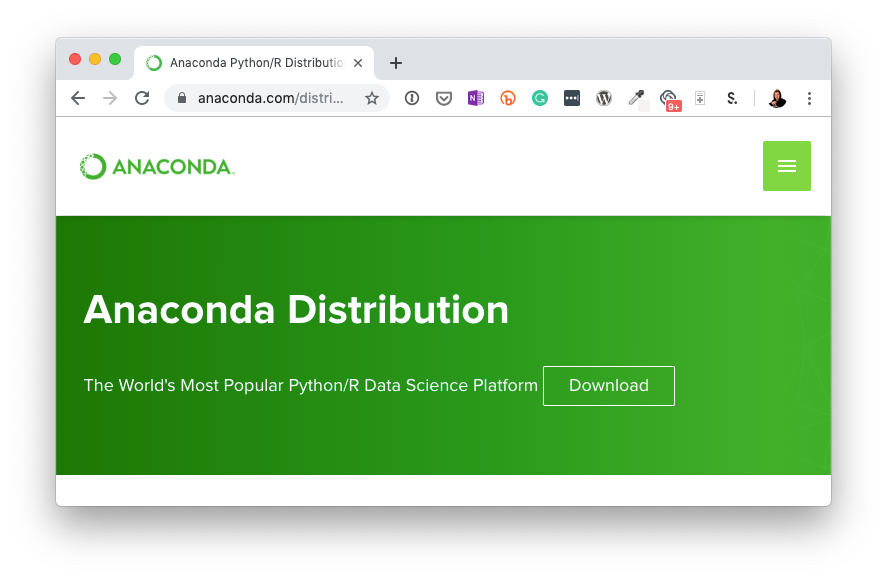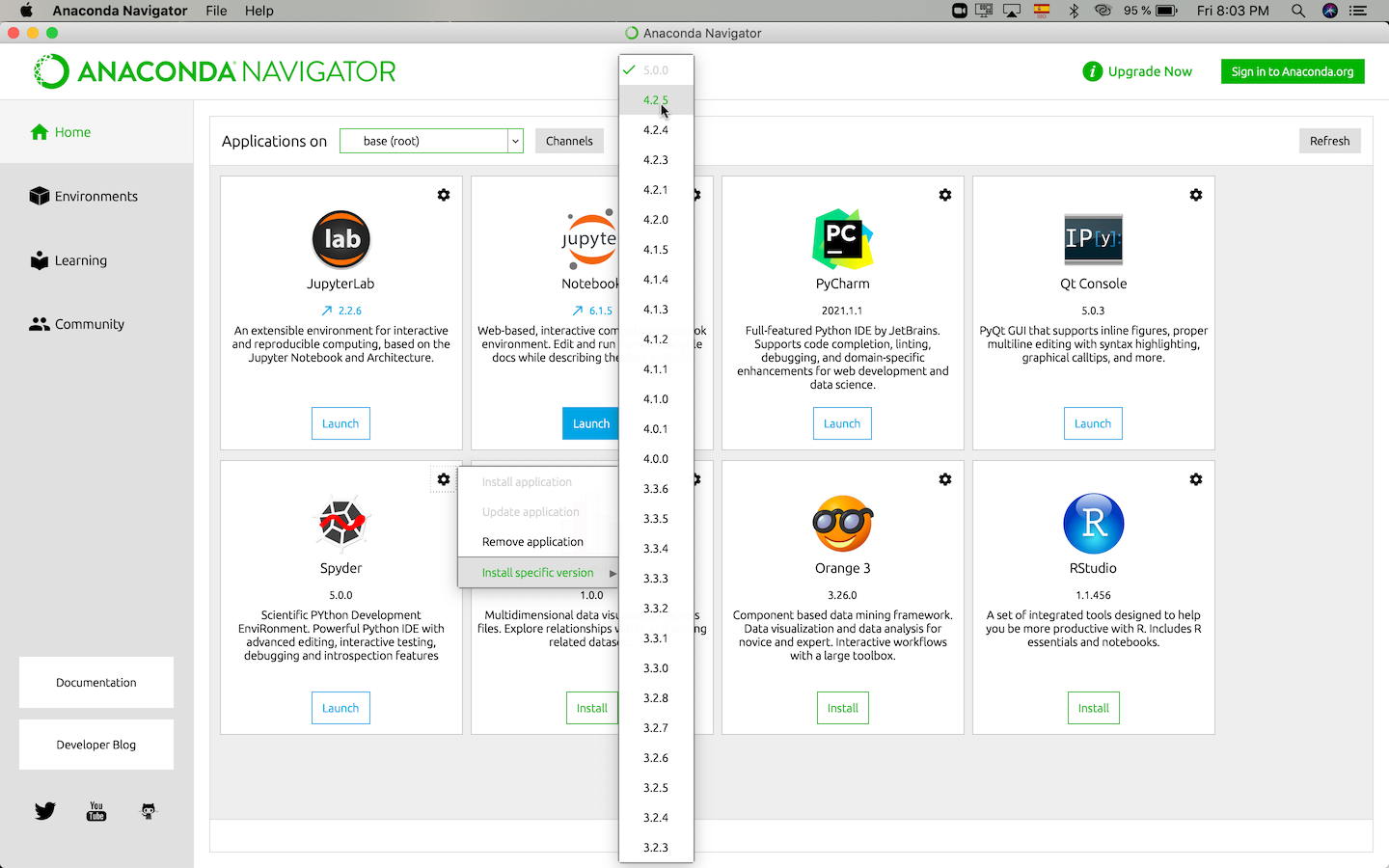

- #Conda install package for specific version of python how to#
- #Conda install package for specific version of python update#
- #Conda install package for specific version of python software#
- #Conda install package for specific version of python code#
#Conda install package for specific version of python code#
You can add more features to your robot by adding more libraries and packages, or even remove the package if your code does not need it. The environment will include the rpaframework package, giving you access to the RPA Framework set of open-source libraries supported and developed by Robocorp. When you create a new project using our development tools, you will get a ready-to-go base environment. Check managing environments in the docs for more details.One of the Robocorp automation stack advantages is that you can benefit from the extensive ecosystem of Robot Framework libraries and freely available Python packages. There’s so much more you can do with virtual environments but that gives you a taste. We can also see which environments are installed. We can return to the root environment by typing:

We can see which packages are installed by typing:Ĭonda install pytorch torchvision -c pytorch Deactivate Environment Now we’re inside the pytorch container (notice pytorch in parantheses?). You have to activate the environment to actually use it. Note: including a conda package without a version number installs the latest and greatest by default. create environment with specific Python and package versionsĮnter this command in Terminal to install Python 3.6, NumPy 1.13.3, and the newest version of SciPy.Ĭonda create -n pytorch python=3.6 numpy=1.13.3 scipy.Mileage may vary if you’re using different versions. Note: I’m using conda version 4.4.6 and PyTorch version 0.3.0. To get PyTorch on your machine, let’s create a pytorch environment using conda. In fact, it’s perfectly integrated with the PyData stack, and if you know NumPy you can learn PyTorch functionality - sans deep learning - in a few minutes.

Sure, it’s a great deep learning framework but it’s also a CPU/GPU-enabled beast that picks up where NumPy leaves off.
#Conda install package for specific version of python how to#
DetailsĪlright, let’s see how to do this in practice.Īnyone who knows me knows that I’m a HUGE fan of PyTorch. Oh, did I mention it takes maybe a minute or two to set all this up? Easy peasy! Problem solved. You have your root environment for your new projects and the demo environment for your demo. Create a new environment and life is good.
#Conda install package for specific version of python software#
You use conda to create a new environment called demo that is built with whichever software packages and versions you need to run your demo. You break that code by reverting.Īlas, there is another option that solves all your problems. Not so fast! You’ve written code recently for another project that leverages new functions from the updated libraries. If only you could revert your packages then all would be well, right? Because you’re whip smart, you enumerated package versions in your code so you know exactly what made it go many months ago. There is another option and it’s particularly enticing. You expected to devote a few minutes to knocking off the rust but now you’re contemplating reconfiguring old code. All in all this is not a great option either.Īt this point you’re starting to sweat. This likely requies some heavy lifting, though it could make your code a little more robust. Alternatively, you could write your own function to substitute in. Not the worst option but definitely requires a bit of effort without a guarantee of success. You could search for a substitute function in the new version. You get the infamous error message that some key function imported from Matplotlib was deprecated. So you dust off the old code and give it a run. Yay! You agree to run a one-hour session because, hey, the work is all done and you just need to brush up. Lo and behold your old demo is the perfect substitute. Someone was supposed to give a demo at her conference but backed out last minute. No big deal, right?Ī friend of yours reaches out because she’s in a pinch.
#Conda install package for specific version of python update#
You conda update -all and notice newer versions of NumPy and Matplotlib. Your code is beautiful, efficient, and the visualizations are mind boggling. For example, imagine you created the world’s most perfect Python demo that uses the NumPy and Matplotlib packages. Well it turns out these containers have a number of useful properties. Simply put, you can think of a virtual environment as a container which houses software. What’s a virtual environment and why would you ever use one?


 0 kommentar(er)
0 kommentar(er)
